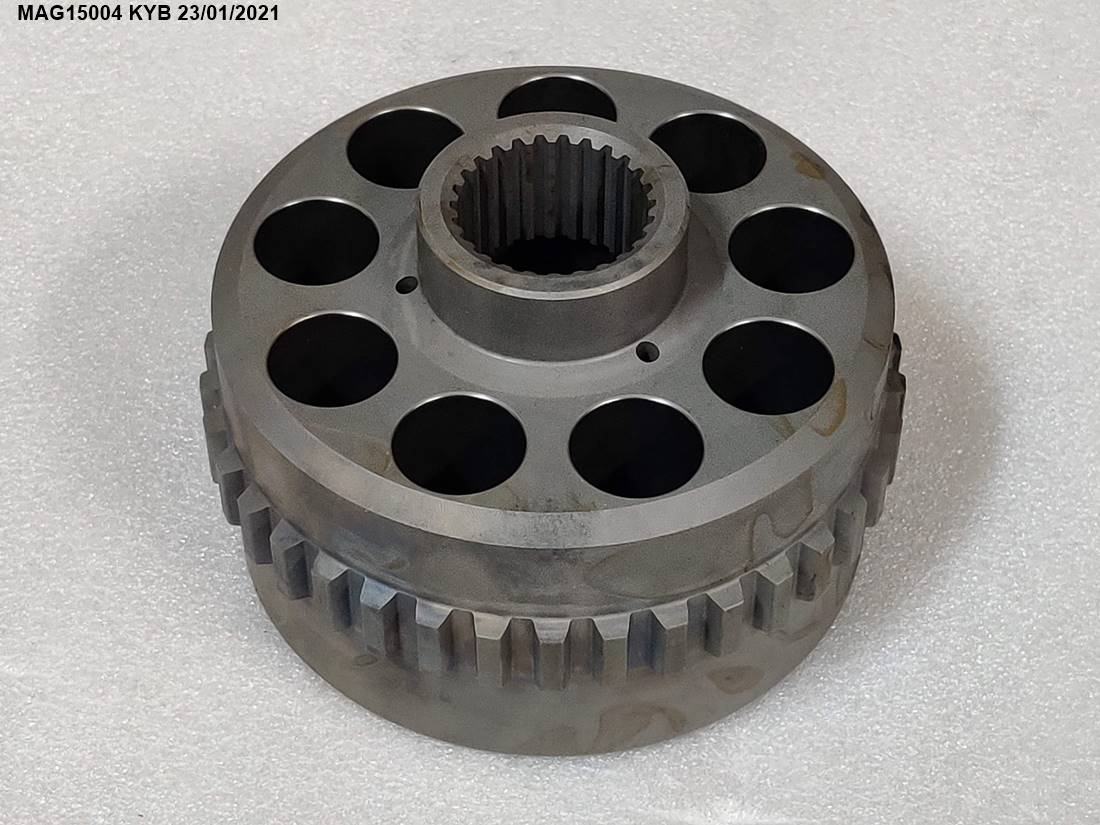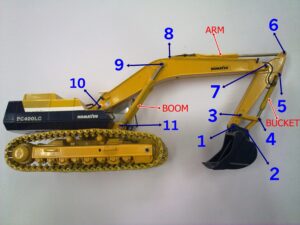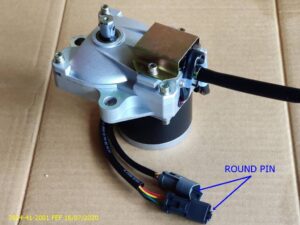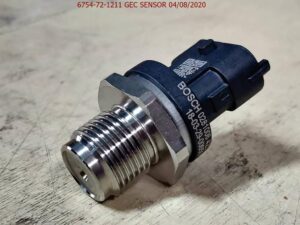The main pump rotor in a pump system serves several crucial functions. Here are five of its key functions:
- Fluid Movement: The primary function of the main pump rotor is to move fluid from one area to another by creating pressure and flow within the system. It achieves this by rotating, which forces the fluid through the pump.
- Energy Transfer: The rotor converts mechanical energy (from a motor or engine) into fluid energy (pressure and flow). This energy transfer is essential for the fluid to reach its destination in the system.
- Centrifugal Force Generation: In centrifugal pumps, the rotor (or impeller) generates centrifugal force, which accelerates the fluid outward through the pump casing. This results in increased fluid pressure and flow rate.
- Velocity and Pressure Increase: As the rotor spins, it imparts kinetic energy to the fluid, increasing its velocity. The design of the pump rotor helps to convert this velocity into pressure, which is necessary for overcoming system resistance.
- Sealing and Cavitation Prevention: The rotor helps maintain a proper seal within the pump system, ensuring that fluid doesn’t leak and that pressure is maintained. It also helps prevent cavitation by maintaining a smooth flow of fluid, which is critical for efficient pump operation.
These functions ensure the main pump rotor operates efficiently and maintains the desired flow and pressure in the system.




